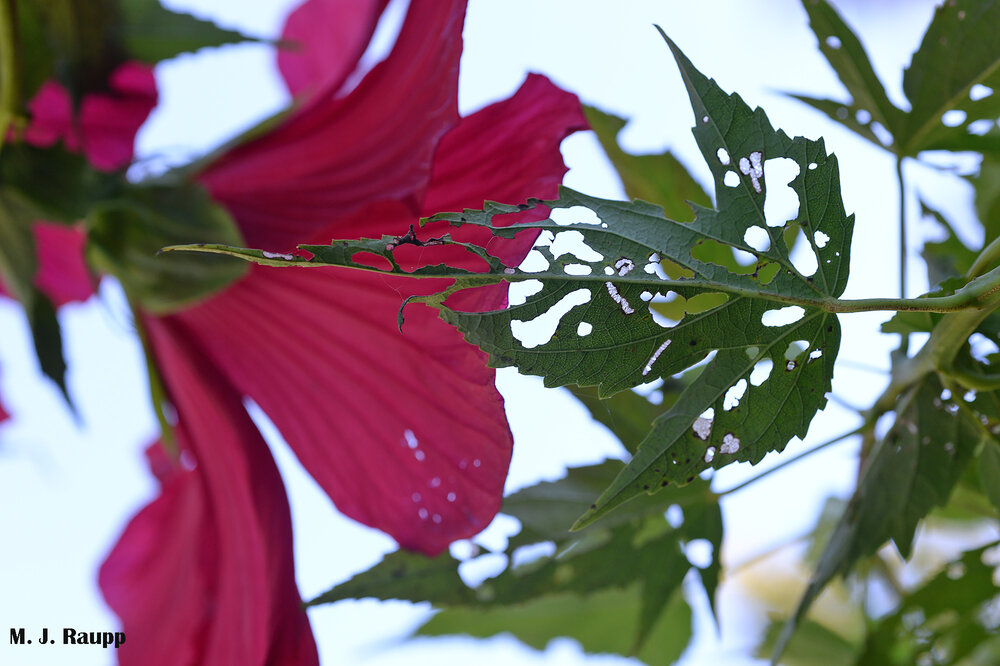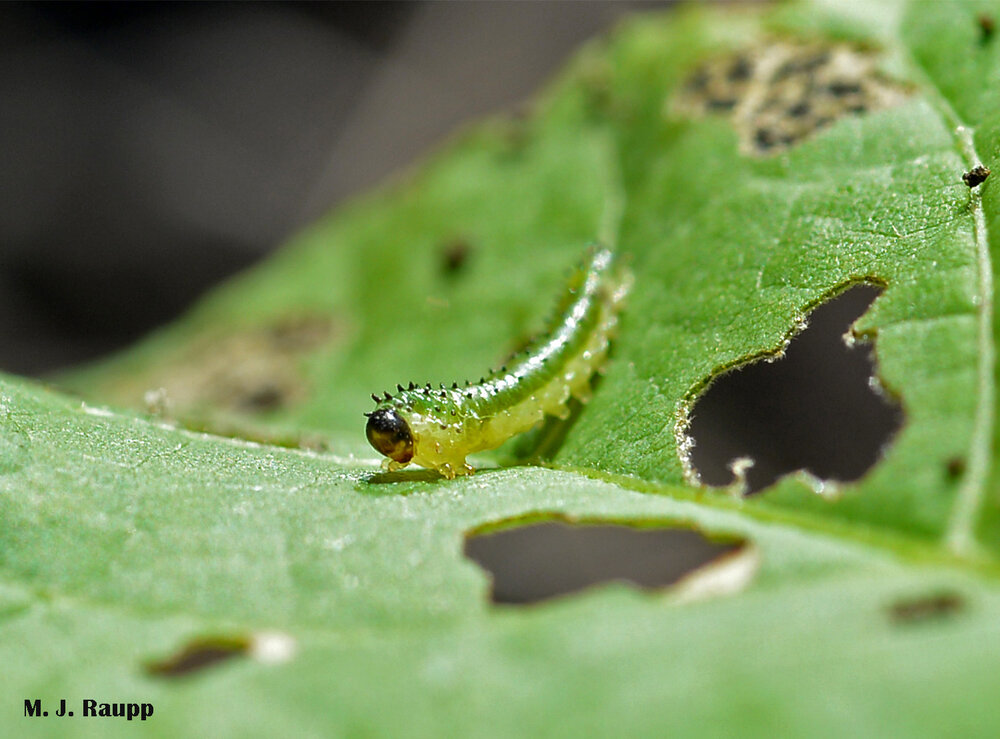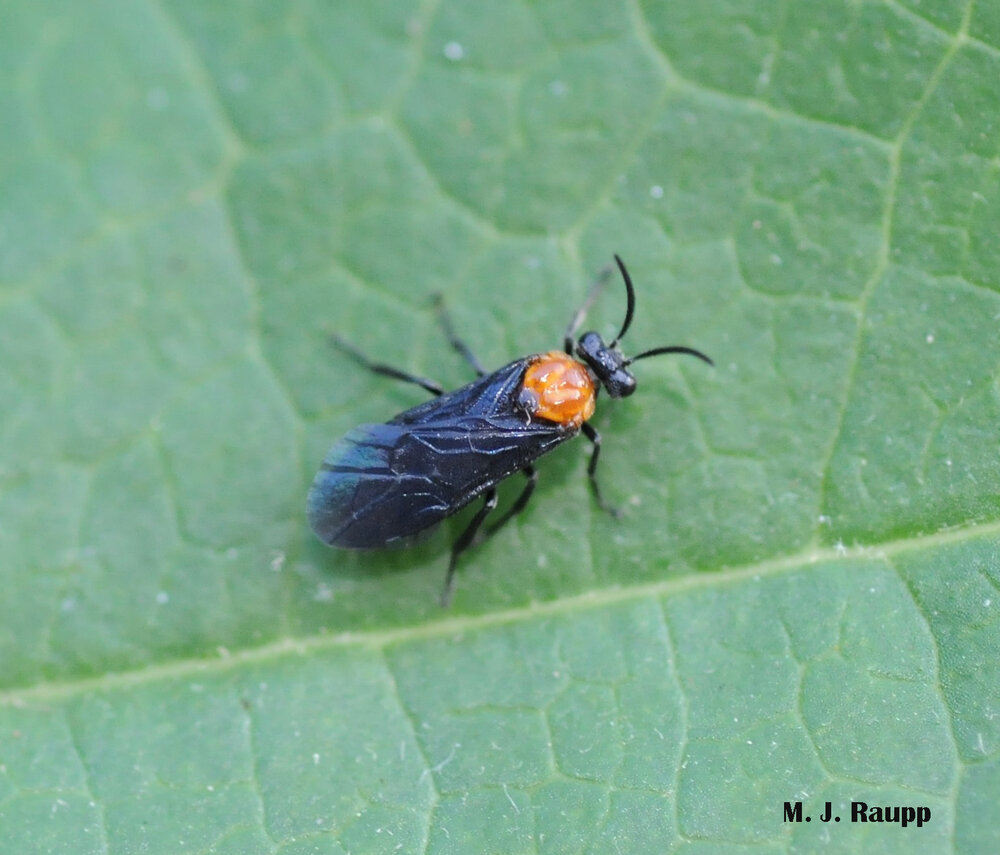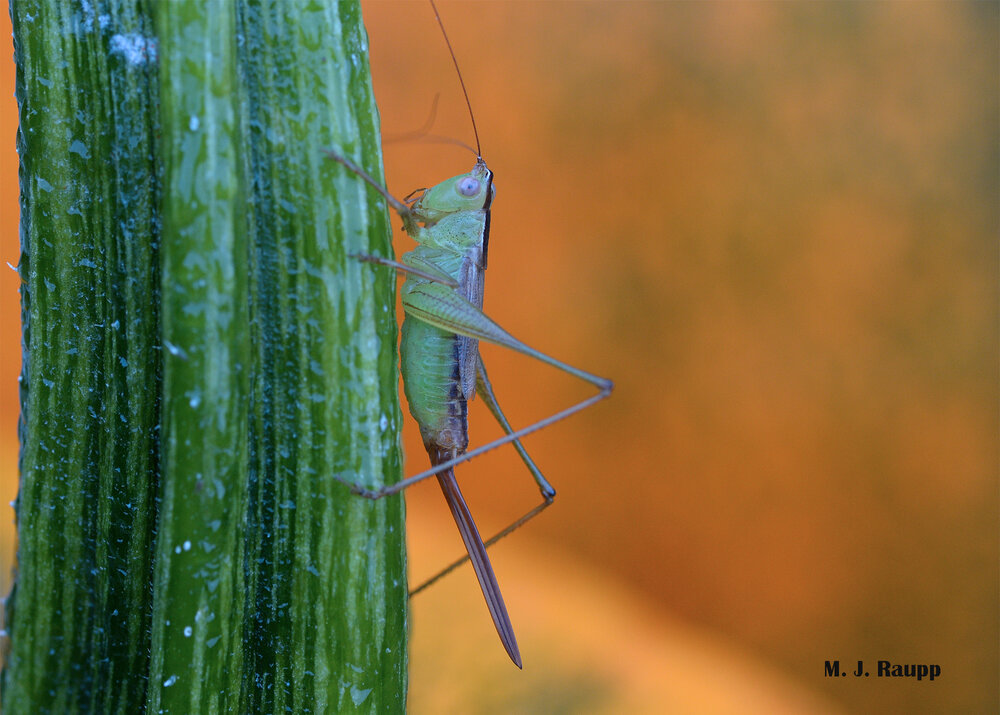2021 Update on the Asian Giant Hornet Situation in the United States
Learn About the Most Recent Sighting of the Asian Giant Hornet & What U.S. Experts are Doing to Eradicate It
The dreaded Asian giant hornet — commonly referred to as the “murder hornet” has recently made another appearance in the United States.
A resident in the State of Washington reported seeing a live Asian giant hornet in the outskirts of Blaine, WA, in early August 2021 — the first killer hornet sighting of the year in the U.S.
While verifying the location of the sighting, experts uncovered an Asian giant hornet nest of nearly 1,500 hornets.
The invasive pest was first spotted in WA during 2019 and its presence is cause for concern because the Asian giant hornet (Vespa mandarinia) preys on honey bees to the point of destroying entire colonies.
Considering how important honey bees are to the ecosystem, a nationwide infestation of Asian giant hornets could result in severe environmental repercussions for the U.S.
Not only that, but the pest has an aggressive nature and has been known to attack if provoked.
This species of pest possesses powerful stingers containing venomous neurotoxins. These neurotoxins cause extreme pain, tissue damage, and in rare cases, death.
For experts, this sighting stresses the need for complete eradication of the murder hornet before it spreads across the country.
Now, efforts to remove the foreign pest have increased as federal organizations like the U.S. Department of Agriculture (USDA) work with other state and local agencies on the Pacific Northwest.
This combined effort aims to help protect the nation’s people, environment, and honey bees from Asian giant hornets.
First Killer Hornet Sighting in the U.S. of 2021
In mid-August, experts confirmed the location of the first killer hornet sighting in the U.S. of 2021.
Incredibly, it was only two miles from the town of Blaine, WA, where the original killer hornet sighting of 2019 was reported.
According to the WA resident who witnessed and reported the 2021 killer hornet sighting, it was attacking a colony of paper wasps.
Working together in late August, the USDA Animal and Plant Health Inspection Service (APHIS), the Oregon State Department of Agriculture’s (OSDA) Insect Pest Prevention and Management staff, and the Washington State Department of Agriculture (WSDA) tracked down the source of the pest — its nest.
To find its nest, the federal and state teams, led by entomologists, captured some live Asian giant hornets in the area and tagged the pest with tracking devices called radio tags.
Using the radio tags, experts followed the murder hornets back to the nest which was built in the base of a dead alder tree in Whatcom County in the state of WA.
The rural area borders the Blaine, WA and Canada.

The nest was an expansive nine layers and contained nearly 1,500 murder hornets, including 113 mature worker hornets — which is quite an alarming amount.
Experts exhumed the Asian giant hornet nest by drenching it in foam and removing it from the interior of the tree. Then, they collected the hornet bodies with a vacuum.
As an added precaution, experts also wrapped the tree in plastic to keep any surviving Asian giant hornets from escaping before releasing carbon dioxide into the tree, successfully killing the pest.
Continued Efforts to Fully Eradicate Asian Giant Hornets from the U.S.
The USDA APHIS is continuing to work alongside the Pacific Northwest state and local government environmental agencies to ensure the Asian giant hornet infestation is contained.
While the sighting was alarming, it did help experts develop and test effective eradication methods for the Asian giant hornet.
According to USDA APHIS and WSDA entomologists, the methods used to locate and remove the Asian giant hornet nest were so successful that entomologists plan to keep using these tactics as the pest’s population intensifies.
Experts have set up Asian hornet traps throughout the area and continue surveilling rural WA for more appearances of the nonnative pest.

Additional detection strategies are also in development as experts learn more about the foreign stinging insect.
For instance, from the 2021 sighting and nest eradication, USDA entomologists learned that an Asian giant hornet nest generally keeps an internal temperature of 86 degrees Fahrenheit.
This discovery has inspired experts to consider using thermal imaging devices to detect Asian giant hornet nests, which are often built underground or at the base of rotting trees.
Experts believe thermal imaging trackers can find warm spots beneath the forest floor where Asian giant hornets are likely constructing habitats.
Aside from its unusually large size, experts have also noted an Asian giant hornet can be identified by the loud humming noises it emits while flying. This noise is significantly louder than that of a typical hornet, wasp, or bee.
Now more familiar with the sound, experts plan to use this humming as another way to detect the pest.
But as the mission to eradicate Asian giant hornets in the U.S. continues, officials warn untrained individuals against attempting to remove a nest on their own.
Residents need to be cautious as the hornet will sting those who attempt to handle the nest or remove the pest from its current location.
A single sting can deliver a substantial dose of venom — a significant amount more than that of a native bee or wasp.
And in extreme cases, a murder hornet’s sting can even be fatal.
Residents are instead encouraged to report any sightings of the Asian giant hornet to the WSDA and stay far away from the area until further notice.
As this territorial insect can seriously harm people, only pest control experts, entomologists, and other trained experts are authorized to safely respond to an Asian giant hornet sighting or infestation.
Potential Environmental Impact of Asian Giant Hornets & Other Facts
At two inches long and with a three-inch wingspan, the Asian giant hornet is the largest hornet in the world.
The Asian giant hornet originally comes from East Asia and is a common sight in Japan, Korea, and China — hence its name.
Experts are still unsure of how the large stinging insect got onto U.S. soil, although it is likely that the pest was trapped in a shipping container from one of the originating countries.
But so far, since the murder hornet arrived in the U.S., it has lived up to its nickname.
With its intimidating size, sharp jaws — also known as mandibles, and 1/4-inch-long stingers, Asian giant hornets are a threat to other hornets, wasps, bees, and people.
Its stingers can even pierce through a standard beekeeping suit, forcing entomologists to wear special suits during eradication.
The most concerning thing about the murder hornets in the U.S., however, is its diet because Asian giant hornets primarily feed on honey bees.

Honey bees are an integral part of our ecosystem. Without them, most mammals, including humans, would starve.
Common food items like apples, squash, and broccoli, rely on honey bees as the insects deliver the pollen grains these plants need in order to grow and reproduce.
Honey bees also produce honey, another food source for both humans and animals.
Although birds, bats, and other insects are pollinators, honey bees are the most effective pollinators.
But Asian giant hornets threaten these vital pollinators by feeding on entire colonies of honey bees.
This hornet species will typically attack in swarms, but a small group can do a lot of damage. In fact, a single swarm of 50 killer hornets can wipe out an entire colony of 50,000 honey bees.
If murder hornets do spread across the nation, the honey bee population could face near-extinction, causing catastrophic environmental effects and food shortages throughout the country.
Therefore, containing and eradicating murder hornets from the U.S. is extremely important to protecting honey bees — and the rest of the environment.
And with no natural predators in the U.S., the responsibility to eliminate Asian giant hornets from the country falls on expert intervention.
Protect Your Property from Stinging Insects with Catseye Pest Control
While Asian giant hornets have not been found in the Northeast, the region still faces its own share of poisonous stinging insects, such as yellowjackets and bald-faced hornets.
Hornet and wasps threaten the safety of a home, business, or property due to the pests’ venomous stingers and aggressive nature.
Untrained individuals face a high-risk of injury to themselves or others if they try to address a stinging insect infestation. To safely eradicate it from the property, a licensed pest control specialist is needed.
Catseye Pest Control offers tailored eradication solutions for stinging insects, such as Hornet Control and Nest Removal services.
Using environmentally friendly pest management practices, our hornet removal methods are effective as well as completely safe for children and pets, so homeowners can feel rest assured.
To learn more about this service or to schedule a free inspection, contact us.
Allow Catseye to take care of your property and get back your peace of mind.
This article appeared first on Catseye Pest























